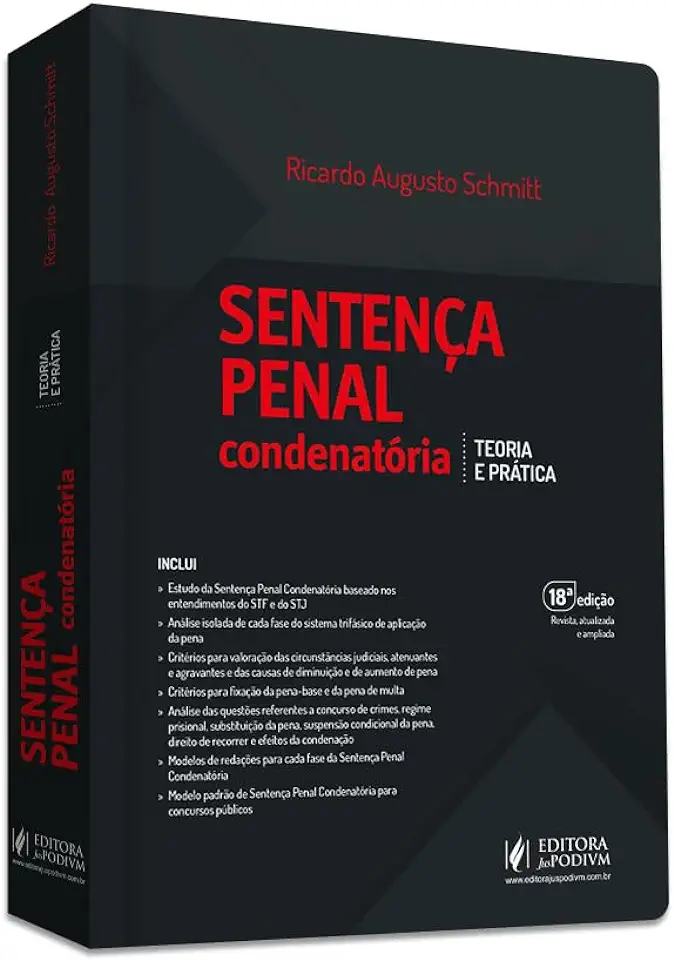
Sentencing Theory and Practice - Ricardo Augusto Schmitt
Sentencing Theory and Practice: A Comprehensive Guide
Introduction
In the criminal justice system, sentencing is a critical phase that determines the punishment or treatment an offender receives for their crimes. Sentencing theory and practice encompass a wide range of considerations, including the goals of punishment, the rights of offenders and victims, and the impact of sentencing on society as a whole. This book provides a comprehensive exploration of sentencing theory and practice, offering a thorough understanding of the complex issues involved in this crucial aspect of the criminal justice system.
Sentencing Goals and Objectives
The book begins by examining the various goals and objectives of sentencing, such as retribution, deterrence, incapacitation, and rehabilitation. It discusses the philosophical underpinnings of each goal and evaluates their effectiveness in achieving desired outcomes. The author presents a balanced analysis of the strengths and weaknesses of different sentencing approaches, allowing readers to critically assess the purpose and impact of sentencing decisions.
Sentencing Guidelines and Discretion
Sentencing guidelines and judicial discretion play a significant role in determining the appropriate punishment for offenders. This book delves into the development and implementation of sentencing guidelines, exploring their impact on sentencing outcomes and the challenges they pose to judicial independence. It also examines the role of judicial discretion in sentencing and discusses the factors that judges consider when making sentencing decisions.
Victim Impact and Restorative Justice
The book recognizes the importance of considering the impact of crime on victims and their families. It explores the concept of restorative justice, which focuses on repairing the harm caused by crime and promoting healing for both victims and offenders. The author discusses various restorative justice practices, such as victim-offender mediation and community conferencing, and evaluates their effectiveness in achieving justice and promoting rehabilitation.
Sentencing Disparities and Racial Bias
Sentencing disparities and racial bias are persistent challenges in the criminal justice system. This book confronts these issues head-on, examining the causes and consequences of sentencing disparities and the role of implicit bias in sentencing decisions. The author provides evidence-based research and recommendations for addressing these systemic problems and promoting fair and equitable sentencing practices.
Sentencing Reform and the Future of Sentencing
The final section of the book looks ahead to the future of sentencing reform. It discusses emerging trends and innovative approaches to sentencing, such as risk assessment tools, algorithmic decision-making, and the use of data analytics. The author also explores the potential impact of these advancements on sentencing practices and the criminal justice system as a whole.
Conclusion
Sentencing Theory and Practice is an essential resource for anyone interested in understanding the complex world of sentencing in the criminal justice system. With its comprehensive coverage of sentencing goals, guidelines, discretion, victim impact, racial bias, and sentencing reform, this book provides a valuable foundation for students, practitioners, policymakers, and anyone seeking a deeper understanding of this critical aspect of the law.
Enjoyed the summary? Discover all the details and take your reading to the next level — [click here to view the book on Amazon!]